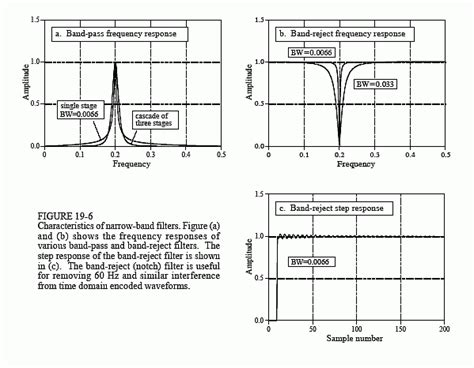Narrow Band Frequency: Troubleshooting Guide
Narrowband frequencies are crucial for various communication systems, from cellular networks to radio broadcasting. When issues arise, troubleshooting can be challenging. This comprehensive guide provides a structured approach to identifying and resolving problems associated with narrowband frequencies. We'll cover common problems, diagnostic techniques, and preventative measures to ensure reliable communication.
What is Narrowband Frequency?
Before diving into troubleshooting, let's clarify what narrowband frequency entails. Narrowband refers to a communication system using a relatively small bandwidth compared to wideband systems. This narrower bandwidth allows for more efficient use of the frequency spectrum and improved signal clarity in specific applications, although it typically supports lower data rates. Think of it like a focused laser beam versus a wide floodlight – the laser (narrowband) is more precise, but covers a smaller area.
Common Problems with Narrowband Frequencies
Several issues can disrupt the performance of narrowband frequency systems. These include:
- Signal Attenuation: The signal weakens over distance or due to obstacles like buildings or terrain. This results in poor reception or complete signal loss.
- Interference: Other signals operating on nearby frequencies can interfere with the narrowband signal, causing noise or data corruption. This is especially prevalent in congested frequency bands.
- Equipment Malfunction: Faulty transmitters, receivers, or antennas can lead to various problems, from weak signals to complete system failure.
- Improper Configuration: Incorrect settings on the transmitting or receiving equipment can prevent proper communication. This includes issues with frequency selection, power levels, and modulation schemes.
- Environmental Factors: Severe weather conditions (e.g., storms, heavy rain) can significantly impact signal propagation and cause intermittent connectivity.
Troubleshooting Steps: A Systematic Approach
Addressing narrowband frequency issues requires a methodical approach. Here's a step-by-step troubleshooting guide:
1. Identify the Problem
Begin by precisely defining the issue. Is the signal weak, completely absent, noisy, or intermittently dropping out? Note the time of day, environmental conditions, and any recent changes to the system. This initial assessment helps pinpoint the likely cause.
2. Check the Physical Infrastructure
- Antenna placement and condition: Ensure the antenna is correctly positioned, free from obstructions, and in good working order. A damaged or poorly placed antenna is a common source of weak signals.
- Cable connections: Inspect all cables for damage, loose connections, or corrosion. A faulty cable can severely degrade signal quality.
- Equipment inspection: Visually inspect all equipment for any signs of physical damage.
3. Verify Equipment Configuration
- Frequency settings: Double-check that both the transmitter and receiver are tuned to the correct frequency. Even a slight deviation can disrupt communication.
- Power levels: Ensure the transmitter's power output is within the specified range. Excessive power can cause interference, while insufficient power leads to weak signals.
- Modulation settings: Verify that the transmitter and receiver use the same modulation scheme. Mismatched settings will prevent successful communication.
4. Investigate Interference Sources
- Identify potential interferers: Determine if any other devices or systems operating nearby could be causing interference. This might involve using spectrum analyzers to pinpoint interfering signals.
- Frequency coordination: If interference is confirmed, coordinate with other users of the frequency band to minimize signal overlap.
5. Environmental Factors Consideration
- Weather conditions: Severe weather can significantly affect signal propagation. Consider the impact of rain, snow, or strong winds on signal strength.
- Terrain: Hills, buildings, and other obstacles can block or weaken narrowband signals. Consider the impact of the terrain on signal path.
6. Advanced Troubleshooting Techniques (if needed)
If the problem persists after the above steps, more advanced techniques might be necessary. These include:
- Signal strength measurement: Use a signal strength meter to quantify the signal level at various points in the system.
- Spectrum analysis: Employ a spectrum analyzer to identify interference sources and analyze signal characteristics.
Preventative Measures for Narrowband Systems
Proactive measures can significantly reduce the likelihood of encountering narrowband frequency problems:
- Regular equipment maintenance: Periodically inspect and maintain all equipment to prevent malfunctions.
- Proper antenna placement: Carefully plan antenna placement to minimize obstructions and maximize signal strength.
- Effective cable management: Use high-quality cables and protect them from damage.
- Frequency coordination: Collaborate with other users of the same frequency band to prevent interference.
By following this comprehensive troubleshooting guide and implementing preventative measures, you can maintain reliable and efficient operation of your narrowband frequency systems. Remember that patience and a systematic approach are crucial for effective troubleshooting.

